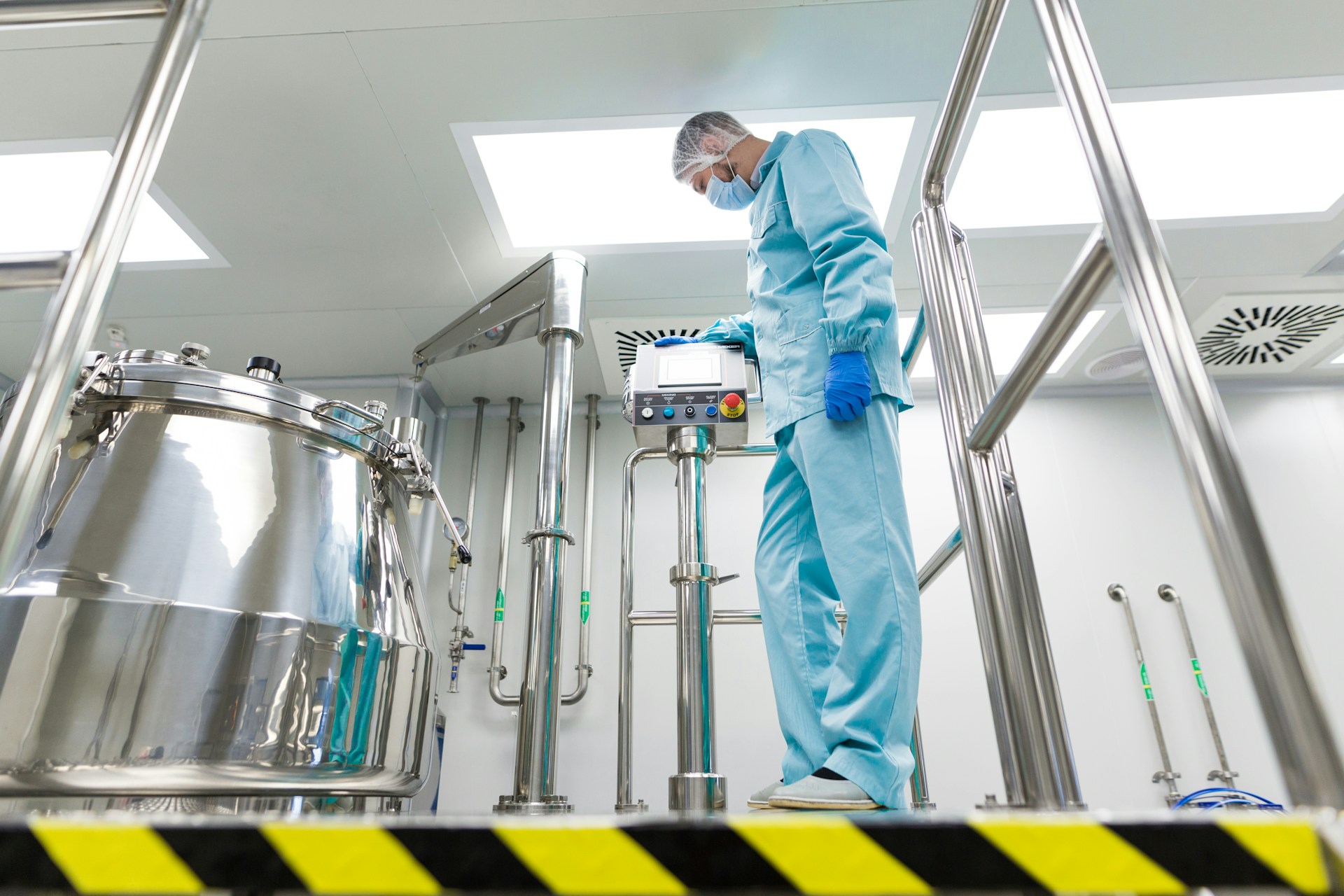
Cleaning chemical residues from manufacturing tanks is not just about maintaining cleanliness; it’s a key part of ensuring safe and efficient operations. Residual chemicals left in tanks over time can cause a range of issues. These residues can react with new products being processed, potentially leading to contamination. More seriously, they may pose safety risks to staff due to harmful reactions or even corrosion of the tank itself. By removing these residues, businesses not only enhance safety but also comply with health and safety regulations, thus avoiding potential legal issues.
Industrial tank cleaning plays a significant role in maintaining optimal tank performance. When residues are efficiently cleaned, tanks operate more effectively, leading to improved overall productivity. Regular cleaning also prolongs the lifespan of the tanks, reducing the likelihood of costly repairs or replacements. Employing thorough cleaning strategies ensures that equipment remains in excellent condition, supporting a safer working environment while enhancing operational efficiency.
Understanding Chemical Residues in Manufacturing Tanks
Chemical residues are leftovers from the substances processed in manufacturing tanks. They accumulate over time when tanks are used repeatedly without proper cleaning. Residues can come in various forms, including liquids, solids, or even gaseous emissions that eventually settle. These substances often linger because they adhere to the walls of the tanks, gradually building up layer upon layer.
Manufacturing processes can vary widely, leading to different types of chemicals being used. Common chemical residues found include acids, bases, solvents, and even by-products of chemical reactions. Each of these presents its own set of challenges and potential hazards. Acids, for instance, can corrode tank materials, causing long-term damage. Solvents may be flammable, posing risks of fire or explosion if not appropriately handled. These residues may also pose health risks if they emit harmful vapors or make physical contact with workers.
To address these concerns, it’s crucial to understand the nature of the residues in your tanks. Knowing what types of chemicals you are dealing with allows you to plan effective cleaning strategies tailored to safely eradicate each specific residue. This understanding is the first step in ensuring that tanks are free from harmful deposits, keeping operations smooth and safe.
Steps to Safely Remove Chemical Residues
Removing chemical residues from manufacturing tanks involves several crucial steps to ensure safety and effectiveness. Before diving into the cleaning process, preparation is key. Start by examining the tank for any hazards or existing damage. Make sure to equip yourself with proper safety gear, like gloves and goggles, to protect against any harmful exposure. It’s also important to have ventilation systems in place to disperse any fumes.
Once preparation is complete, consider the cleaning method that suits the specific type of residue in your tank. Here’s a quick guide:
1. Manual Cleaning: This involves physically scrubbing the tank using brushes or sponges. Ideal for smaller tanks or when residues are not excessively adhered to surfaces.
2. Automated Systems: These are great for large tanks. Systems like spray balls or rotating nozzles can reach every corner efficiently, reducing the need for manual intervention.
3. Chemical Agents: When residues are tough to remove, specific chemical cleaning agents can break down deposits. Always choose agents compatible with the tank materials to prevent damage.
After cleaning, it’s crucial to neutralize any remaining chemicals to prevent future reactions. Proper disposal of the removed residues follows various regulations to ensure environmental safety. Keep a log of the cleaning process for records and future reference.
Benefits of Professional Industrial Tank Cleaning
Hiring professionals for tank cleaning offers numerous advantages. Their expertise ensures that every type of residue is addressed with the right approach, minimizing risks. With specialized tools and equipment, professionals can achieve thorough cleaning, reaching areas manual methods might miss. They adhere to strict safety protocols, reducing the likelihood of accidents or exposure to harmful chemicals.
Professionals come equipped with the knowledge to handle and dispose of residues responsibly, aligning with environmental regulations. This not only enhances safety but also lessens the impact on your operations. The reduction in downtime and maintenance costs are notable perks. With regular professional cleaning, tanks experience fewer breakdowns and enjoy a longer lifespan, resulting in better overall performance.
Preventive Measures and Maintenance Tips
Proactive maintenance can prevent excessive buildup of chemical residues. Start with routine inspections to spot and address any issues early. Using appropriate materials for tank construction prevents unnecessary chemical reactions, reducing residue formation. Regular cleaning schedules not only protect the tank but also ensure it operates efficiently.
Consider employing these simple preventive measures:
– Consistent Schedules: Establish a regular cleaning schedule based on tank usage and residue type.
– Use Compatible Materials: Choose liners or coatings that are resistant to the chemicals stored in the tank.
– Safety First: Train staff on proper handling and safety practices to prevent accidents.
These small steps can lead to significant savings in repair costs and maintain peak performance levels.
Keeping Your Tanks Safe and Efficient
Ensuring your manufacturing tanks remain free from chemical residues is integral to maintaining a safe working environment. Regular cleaning, proper disposal, and preventive practices are the cornerstones of effective maintenance. Addressing residues promptly not only safeguards your staff and equipment but also aligns with industry standards and regulations.
Think about integrating professional services into your maintenance plan for comprehensive care. Professional cleaners bring expertise, tools, and practices that guarantee thorough results, relieving your team of this demanding task. With their support, tanks can operate with fewer disruptions, enhancing overall operational efficiency and safety.
Looking to ensure that your tanks are always operating smoothly and safely? Let ATM Tanks help keep your systems in top shape. Our experience in industrial tank cleaning means you get reliable service that protects both your equipment and your team.
- How to Spot and Fix Minor Tank Repairs Early - October 19, 2025
- Handling Emergency Tank Cleanups Safely and Efficiently - October 19, 2025
- Choosing the Right Tank Lining Material for Your Needs - October 19, 2025






